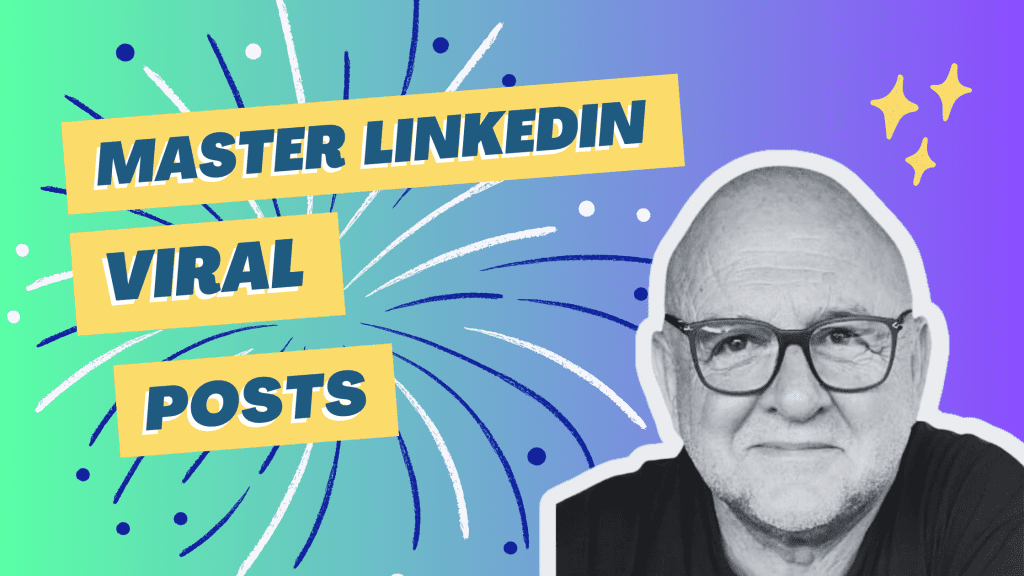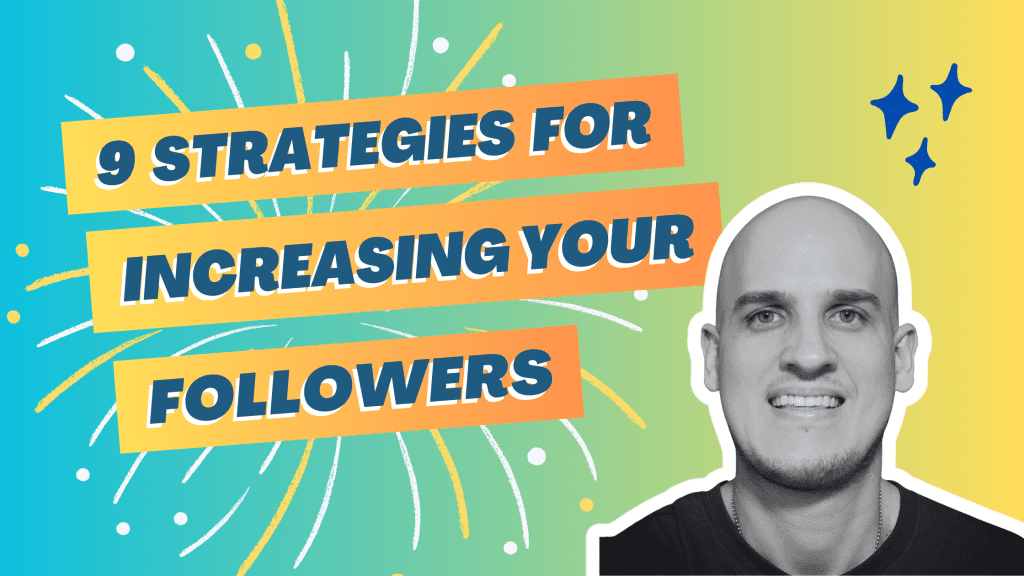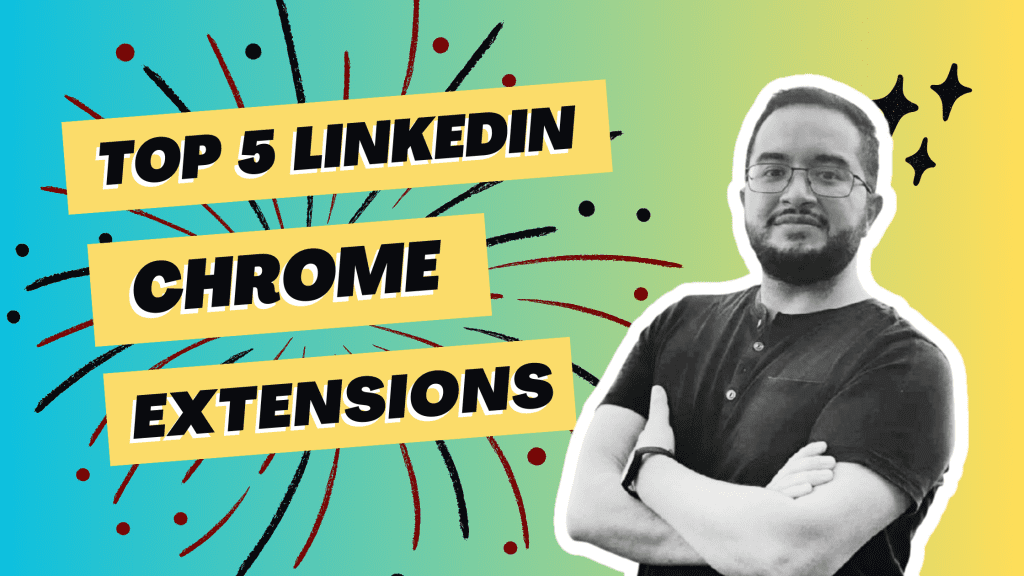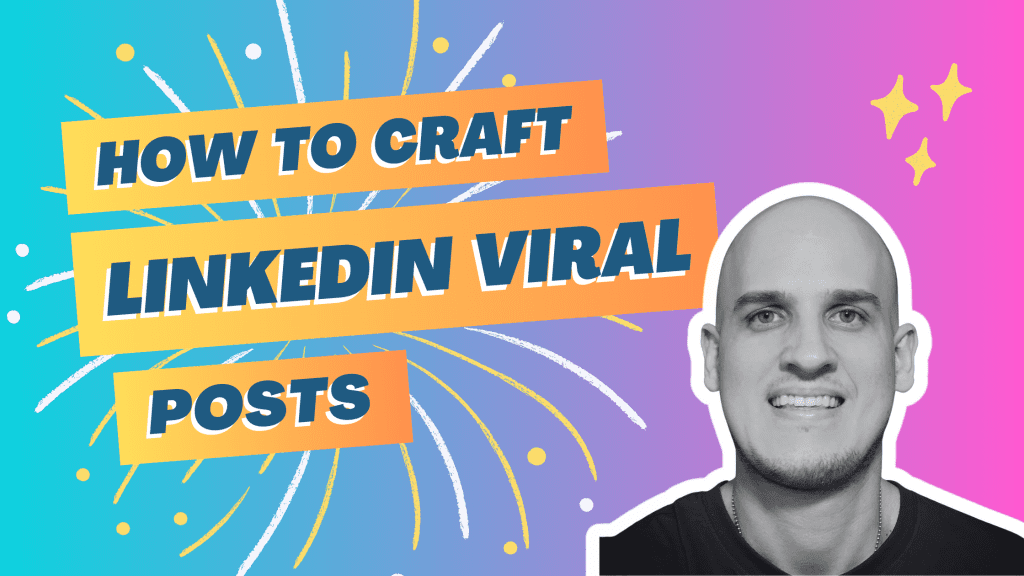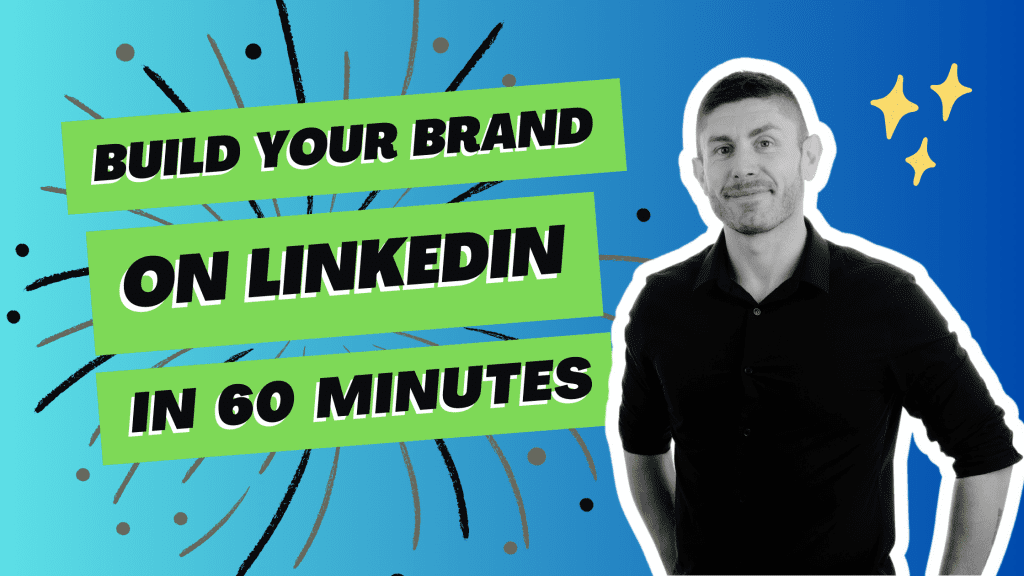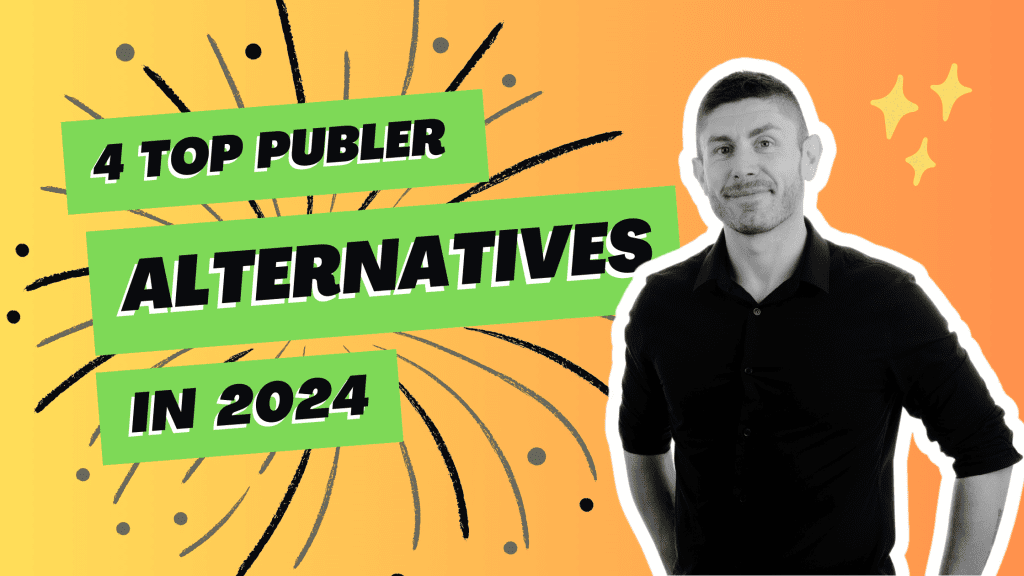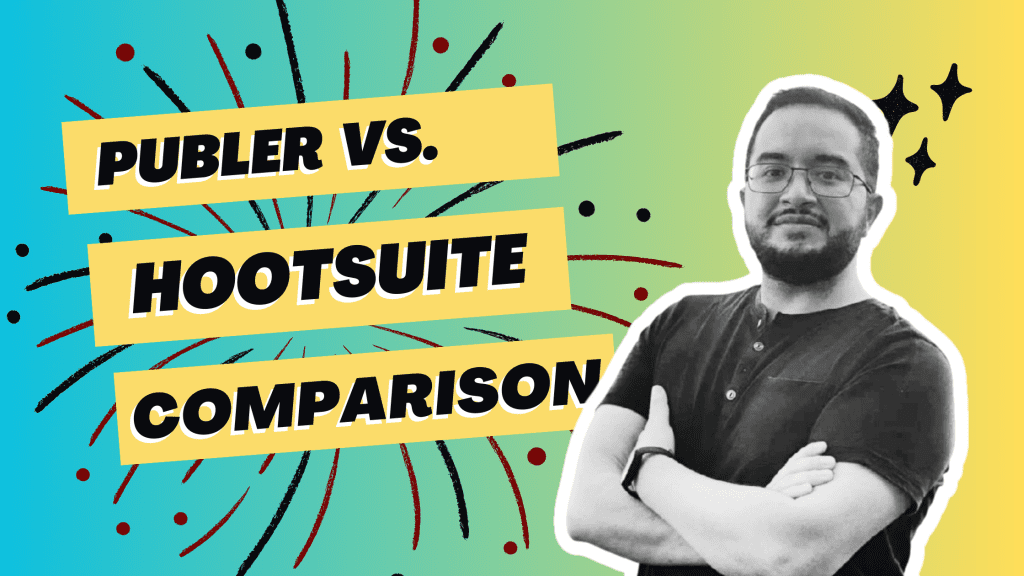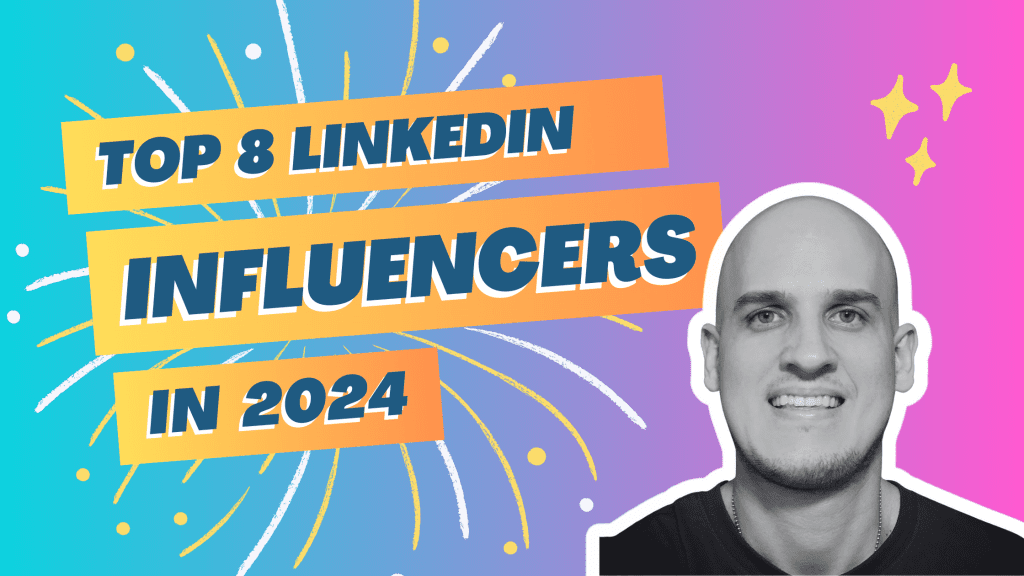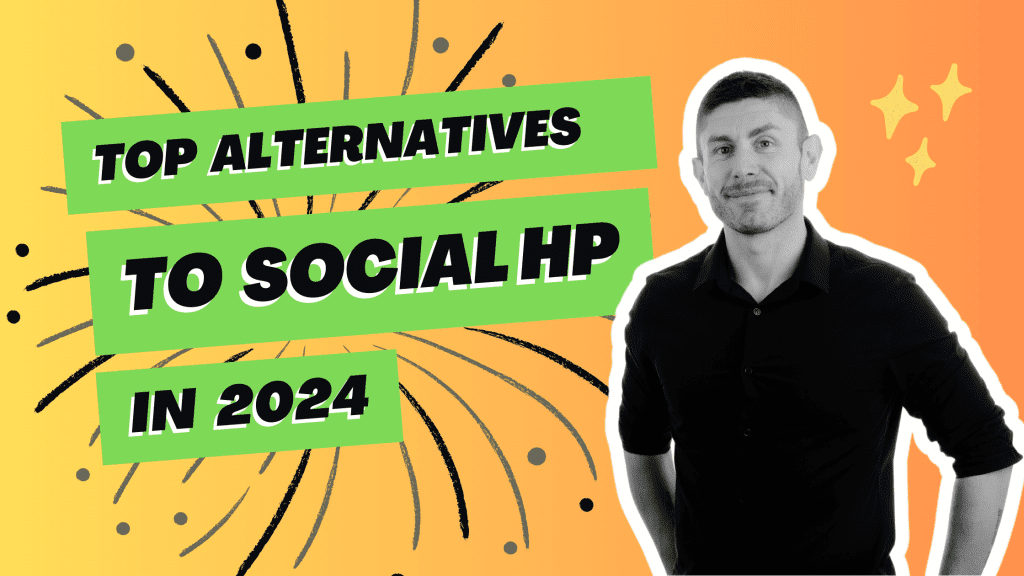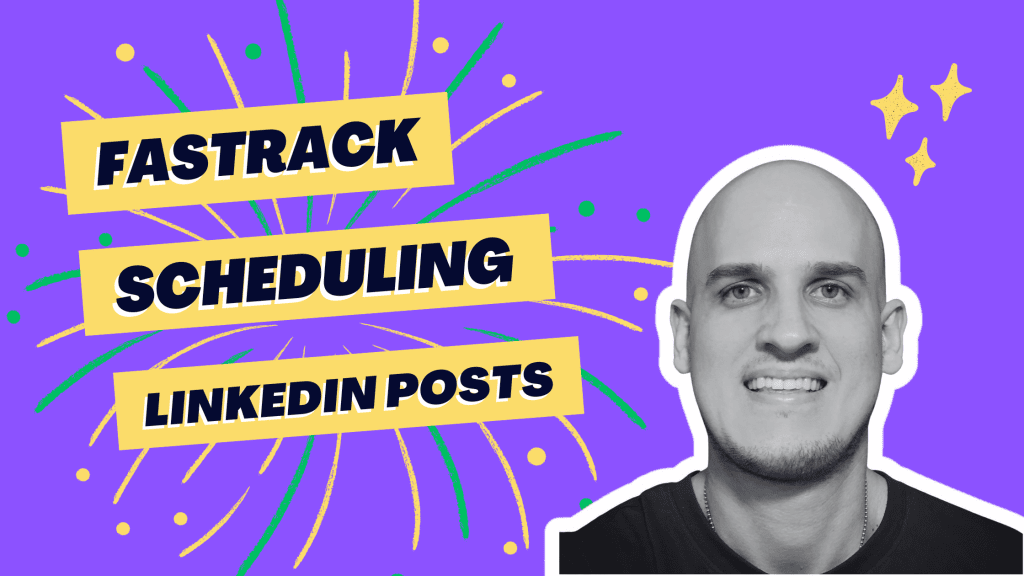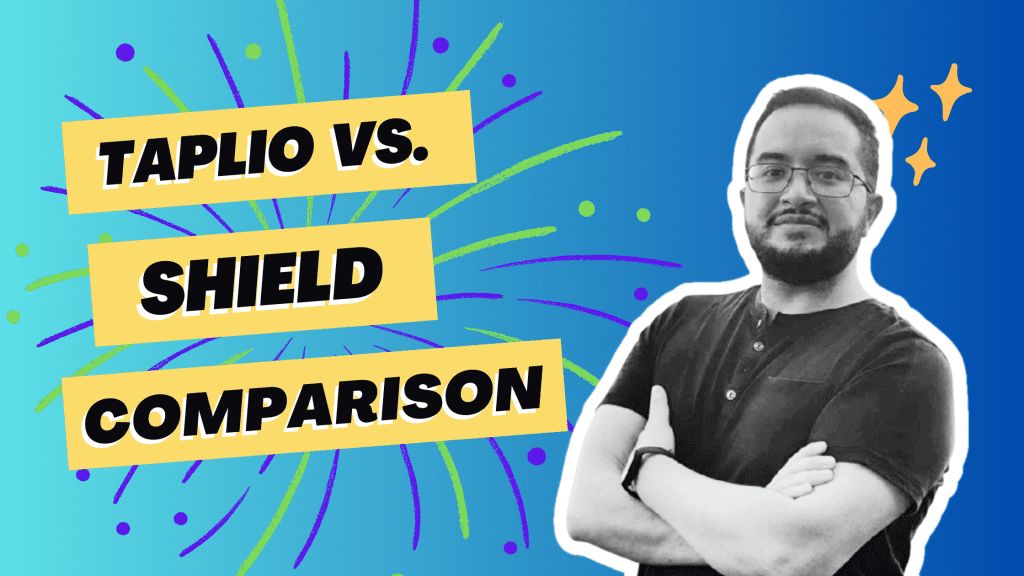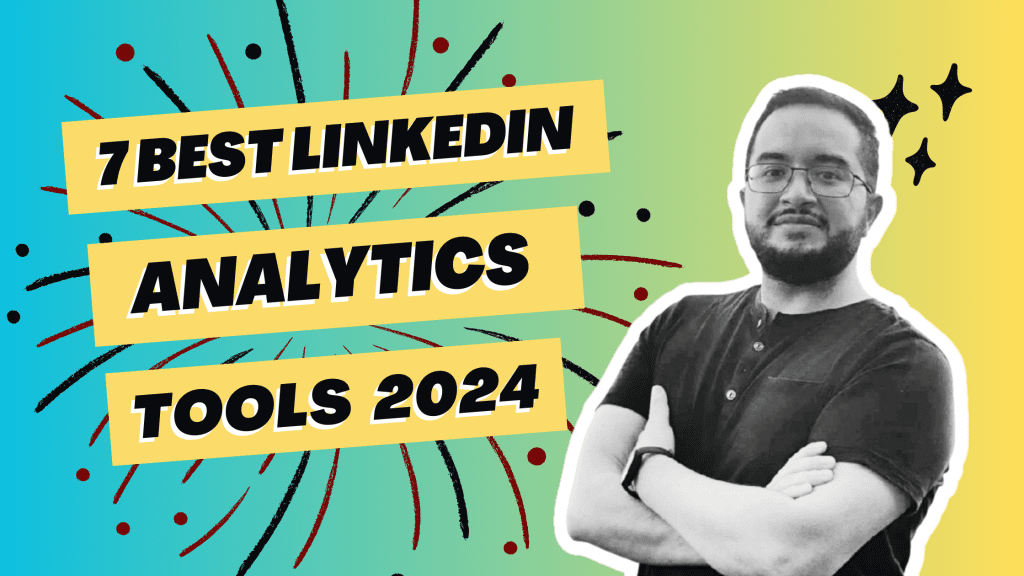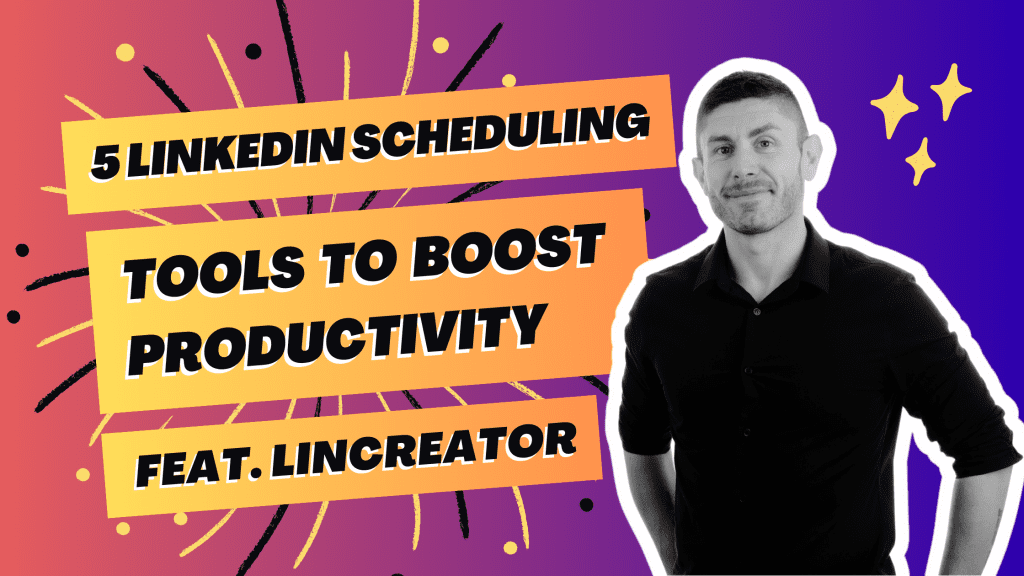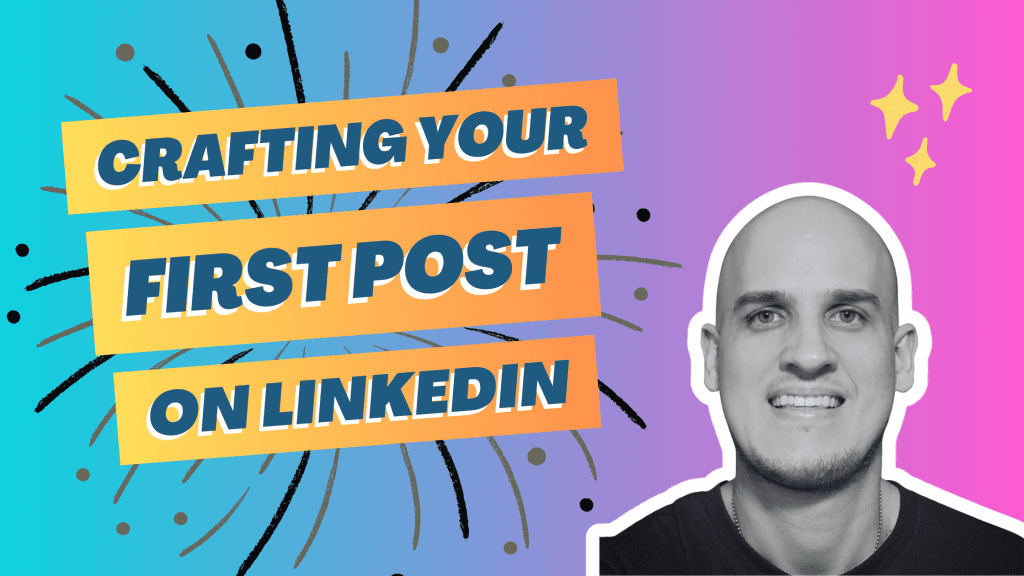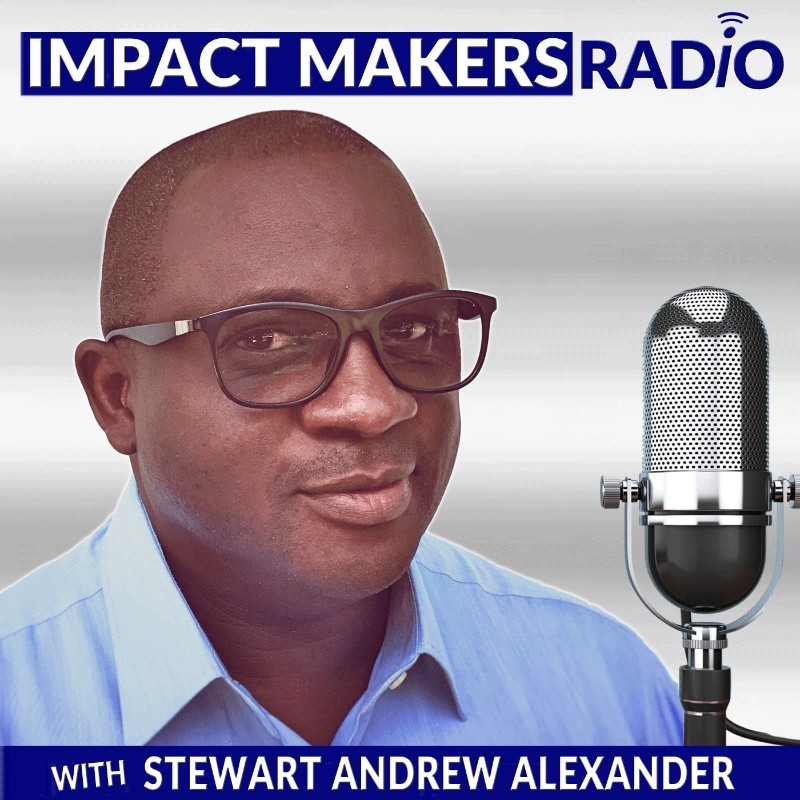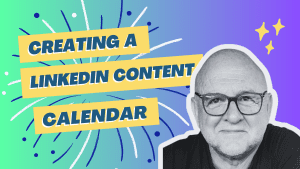In the fast-paced world of professional networking, mastering LinkedIn posts, with succinct words and impactful paragraphs, is crucial for amplifying your voice, enhancing your digital presence, and strengthening connections. With precise language and a clear focus on value, you can transform ordinary text and video updates into compelling content with useful tips and relevant links that resonates with your audience. This post distiles 10 key writing tips, including the use of text, video, and emojis, to elevate your LinkedIn game, ensuring each post you craft not only captures attention but also cements your status as an industry thought leader. By adhering to these guidelines and incorporating video, you’ll harness the full potential of this powerful platform, create impactful messages with a link, and tailor them for the people who matter most to your career or business with a useful tip.

Key Takeaways
Crafting engaging content on LinkedIn starts with understanding your audience and delivering value through your posts, whether it’s through educational insights, industry news, or thought-provoking questions.
Enhance readability by using short paragraphs, bullet points, and clear language to make your posts easy to scan and digest; this encourages more engagement from busy professionals.
Utilize hashtags effectively by selecting relevant and trending tags to expand the reach of your posts and connect with users interested in specific topics.
Timing is crucial for impact; post when your audience is most active to increase visibility and engagement rates. Experiment with different times and track results to find the optimal window.
A compelling call-to-action (CTA) can significantly boost user interaction; invite readers to comment, share, or follow a link, making sure it’s relevant and adds value to the post.
Tailor your content strategy to your target audience by focusing on their interests and pain points, which will help in building a loyal following and positioning yourself as an authority in your field.
Crafting Engaging Content
Writing Tips
Mastering LinkedIn posts demands attention to writing style. Use an active voice for a stronger impact. This means making the subject of your sentences do the action, which energizes your text.
Active Voice Example: “Our team delivers custom solutions” instead of “Custom solutions are delivered by our team.”
Begin every post with a hook. A hook for your video could be a surprising fact, bold statement, or a question that piques curiosity using a post planner.
Hook Example: “Did you know that 80% of jobs are filled through networking?”
Keep paragraphs short and concise for easy reading. Aim for two to three sentences per paragraph.
Storytelling Techniques
Incorporate storytelling into your LinkedIn content by using relatable protagonists. These can be yourself, clients, or even hypothetical characters facing familiar situations in your industry.
Protagonist Example: “Meet Jamie—a manager who transformed her team’s productivity using these simple steps.”
Build a narrative arc within each post to keep readers engaged from start to finish. Start with an introduction to the problem, escalate with challenges faced by the protagonist, and conclude with resolution.
Use vivid language to paint pictures in readers’ minds.
Vivid Language Example: Instead of saying “good communication skills,” describe how someone “articulates ideas as clearly as if they were painting them onto canvas.”
Addressing Pain Points
Identify common industry challenges in your posts. Readers connect more when they see their own struggles reflected in your content.
Offer insights into overcoming obstacles related to these pain points.
Insight Example: If time management is an issue, share tips on prioritizing tasks effectively or tools that help automate mundane work processes.
Relate solutions back to reader needs so they can envision applying them practically.
Enhancing Readability
Structuring Posts
Crafting engaging content is the foundation. Enhancing readability is key to keeping readers hooked. Start each LinkedIn post with a strong introduction. Make it catchy to grab attention quickly. This could be a question or bold statement that resonates with your audience in your post.
Next, use subheadings to guide readers through your text. They help break down complex ideas into manageable chunks. Subheadings make it easy for users who scroll through a post on their devices to find what they’re looking for.
End every post with a memorable conclusion that reinforces your main points or includes a call-to-action (CTA). A CTA can be an invitation to comment, share the post, or follow a link for more information.
Readability Tips
To ensure clarity in your posts, consider these tips:
Utilize bullet points.
Keep sentences short.
Maintain conversational tone.
Bullet points are great for listing benefits or steps in a process. They allow you to present data neatly and efficiently without overwhelming the reader.
Short sentences are easier on the eyes and brains of readers. They aid quick comprehension and keep engagement high.
Lastly, write like you speak—this keeps things human and relatable. Avoid jargon unless you’re sure all your readers will understand it; otherwise provide explanations when needed.
Remember, clarity leads to better understanding and more impactful post updates on LinkedIn.
Utilizing Hashtags
Hashtag Strategy
Hashtags are key tools in social media that help users find content related to a specific post. On LinkedIn, they can make your posts more visible to a wider audience. To master LinkedIn posts, you need to develop a solid hashtag strategy.
Start by researching trending industry hashtags. Look for tags and posts commonly used by professionals and companies in your field. This connects your post to current conversations and trends, increasing its reach.
However, it’s important not to overdo it with too many hashtags in your post. Limiting the number of hashtags in your post helps increase focus on your message. A good rule is to use no more than three or four relevant hashtags per post.
Make sure the hashtags align with the content themes of your post. If you’re talking about marketing strategies, using #MarketingTips or #DigitalMarketing in your post will help attract an audience interested in those topics.
Research trending industry hashtags.
Use 3-4 relevant hashtags per post.
Align hashtags with content themes for coherence.
Maximizing Visibility
To maximize visibility on LinkedIn, engagement is crucial. When people comment on your posts, respond promptly. This interaction boosts the visibility of your post through LinkedIn’s algorithms.
Sharing posts within relevant groups also increases exposure among interested audiences who might otherwise miss out on what you have written due to algorithmic filtering or simply not being connected directly with you yet.
Tagging influencers or brands can be beneficial when done appropriately and contextually related to the content of the post; this may encourage them to engage or share your work as well—further amplifying its reach.
Remember these tips:
Engage with comments quickly.
Share posts in groups where members would find value.
Tag influencers or brands sensibly and sparingly.
Timing for Impact
Best Times to Post
To master LinkedIn posts, timing is crucial. You must know when your audience is most active. This means analyzing peak activity hours. For many, this will be during business hours on weekdays.
Try posting at different times of the day and measure which gets more likes, shares, or comments. This data tells you when your posts have the most impact.
Post early in the workday to catch people starting their day.
Try lunch hours when users take a break to browse LinkedIn.
Late afternoon can also be effective as people wind down their workday.
Remember that each audience is unique. What works for others may not work for you.
Content Schedule
Creating a content calendar helps with consistency. Plan your posts monthly and strike a balance between promotional and educational content.
For example:
Share industry insights on Mondays to start the week with value.
Mid-week, post about company news or products.
End the week with lighter content like employee stories.
This mix of posts keeps followers engaged without feeling overwhelmed by sales pitches.
Consistency matters too:
Aim to post several times per week but avoid overposting.
Skipping weeks can cause loss of momentum in follower engagement.
Creating Compelling CTAs
Crafting CTAs
Crafting a CTA (call to action) is crucial for any LinkedIn post. A well-designed CTA can transform readers into leads and customers. Use action-oriented verbs such as “discover,” “join,” or “start” to create a sense of urgency and purpose.
Keep your CTAs clear and direct. Readers should understand exactly what you want them to do with no confusion. For example, instead of saying, “You might like to look at our services,” say, “Explore our services now.”
Offer value in exchange for action. This could be in the form of free resources, exclusive content, or entry into a contest. The key is making sure the audience feels they are getting something beneficial by following your CTA.
Action words: discover, join, start
Direct phrases: Explore our services now
Value offers: Free ebooks, webinar access
Invoking Engagement
To engage users on LinkedIn effectively through posts:
Ask open-ended questions that invite discussion rather than simple yes-or-no answers. Questions like “What strategies have worked best for you?” encourage thoughtful responses.
Encourage sharing personal experiences related to the topic at hand. It makes your post relatable and prompts others to contribute their stories which enriches the conversation.
Prompt users to tag others who may benefit from reading your post or joining the discussion. This not only increases engagement but also extends the reach of your post across networks.
For instance:
Ask: What strategies have worked best for you?
Encourage sharing about challenges overcome.
Prompt tagging colleagues who need insights.
By combining timing knowledge from previous sections with compelling CTAs and engagement tactics here:
Your posts become more effective. Readers feel motivated to take actions that matter. You build stronger connections within your network on LinkedIn.
Targeted Content Strategy
Audience Analysis
To master LinkedIn posts, knowing your audience is crucial. Start by segmenting your audience based on their job roles and interests. This allows for more focused content that resonates with specific groups. For example, a post tailored to IT professionals should include tech jargon and industry insights.
Next, tailor your content to match the demographics of your audience. A younger crowd might prefer trendy topics and a casual tone, while senior professionals may value detailed analysis and formal language.
Lastly, always monitor feedback from your posts. Comments and engagement rates are indicators of what works. Use this data to refine targeting strategies continuously.
Content Customization
Personalizing content can significantly increase its impact. Observe user behavior on previous posts to understand preferences. If certain types of content get more interaction, create similar posts but with fresh insights or updates.
Incorporating user-generated content is also powerful when relevant. Sharing stories or testimonials from users not only adds authenticity but also encourages further engagement from the community.
Furthermore, adapt the tone of your messages for different segments of your audience without losing consistency in brand voice. For instance, if addressing new graduates on LinkedIn, a hopeful and energetic tone may be effective compared to a purely professional approach used with executives.
Developing Consistency
Tone & Message
To master LinkedIn posts, maintaining a consistent tone is vital. Your brand’s personality should shine through every message. This means if your brand is upbeat and playful, your posts should reflect that with a light-hearted tone. Conversely, if it’s more professional and serious, the language used should be formal.
For example, a tech startup may use casual language mixed with industry jargon to appeal to its audience. On the other hand, a law firm would likely opt for more structured and respectful tones in their messaging.
The key is authenticity; don’t try to imitate another brand’s style. Instead, create genuine connections by humanizing your brand. Share stories about your team or customer successes that resonate with company values.
Match tone with brand personality.
Ensure messages align with company values.
Humanize the brand authentically.
Brand Voice
A unique voice helps you stand out on LinkedIn. Once established, use this voice in all your posts to build recognition and trust among followers.
Imagine two companies in the same industry: one uses sharp wit and humor in its posts while the other offers straight-to-the-point advice without frills. Both can be effective but cater to different audiences based on their distinct voices.
Your language choices are tools for reflecting your brand ethos. They convey not just information but also attitudes and values integral to what you represent as an organization.
Remember these points:
Establish a unique voice for distinction.
Use this voice consistently across all content.
Reflect core values through language choices.
By keeping these writing tips at heart when crafting LinkedIn content after developing a targeted content strategy ensures coherence between what you say (message) and how you say it (tone).
This consistency builds familiarity which can lead to stronger relationships with readers over time—turning them from mere viewers into loyal followers or even customers.
Interacting with Followers
Engagement Techniques
Building a strong connection with your followers is key on LinkedIn. A simple yet effective way to do this is by responding to comments. Make sure your replies are personalized. This shows that you value their input and view them as individuals.
Another method is to engage with what users share about your post. Like their comments, or even better, share them on your own feed. This can make users feel seen and appreciated.
Lastly, consider using interactive elements like polls or surveys. These tools not only draw in engagement but also provide valuable insights into what your audience thinks.
Open Loops Strategy
To keep followers coming back, use the open loops strategy in your posts. At the end of each post, tease upcoming content subtly. This creates a curiosity gap that readers will want to close by following you for updates.
Promise future insights or exciting revelations in subsequent posts. It’s an excellent technique for maintaining interest over time.
Actionable Solutions
Problem Solving
People on LinkedIn often face challenges in their professional lives. They look for solutions and advice online. Your posts can help them by addressing these issues. Start by identifying common problems within your industry or network. Then, craft your content to offer step-by-step solutions.
For example, if you notice many professionals struggle with time management, create a post outlining effective strategies. You could list tools like digital planners or apps that improve productivity. Make sure each step is clear and easy to follow.
Also, share unique methods that have worked for you or others in similar situations. Mention any specialized tools or approaches that enhance problem-solving abilities.
Providing Value
Your goal should be to give readers something they can use right away—real actionable tips. These tips should be practical and relevant to their needs.
A good way of doing this is sharing insights from your personal experiences that aren’t widely known but highly valuable. For instance, if there’s a lesser-known feature on a popular software that boosts efficiency, explain how it works and its benefits.
Furthermore, educate your audience about the latest trends affecting their work or industry. But don’t just state what the trend is; discuss how it impacts them directly and what actions they can take.
Summary
Mastering LinkedIn posts requires a strategic blend of engaging content, readability, and savvy social media practices. This article has provided 10 key writing tips that are essential for anyone looking to enhance their presence on the platform. From crafting content that resonates with your audience to using hashtags effectively and timing your posts for maximum impact, each point is crucial for building a strong LinkedIn profile. Consistency, interaction, and actionable solutions further define the quality of your professional persona online.
To elevate your LinkedIn strategy, implement these tips with commitment and observe the transformation in your networking and professional opportunities. Start today by reviewing your LinkedIn content through the lens of these insights and refine your approach for a more impactful online presence. Let these guidelines steer you towards achieving your LinkedIn objectives.
Frequently Asked Questions
How can I make my LinkedIn posts more engaging?
Craft content that resonates with your audience by sharing relevant stories, asking questions, and providing valuable insights to foster engagement.
What is the best way to improve readability and clarity in LinkedIn posts through content strategy and structured paragraphs?
Use short paragraphs, bullet points, and subheadings. Also, ensure proper grammar and punctuation for clear communication.
How should I use hashtags on LinkedIn?
Select relevant hashtags that align with your post’s content. Limit their number to avoid cluttering and maintain focus.
When is the most effective time to post on LinkedIn for maximum impact and good engagement with your target audience as part of a content strategy for marketers?
Post during business hours when professionals are likely active on LinkedIn—typically early mornings, lunchtimes, or late afternoons during weekdays.
What makes a compelling Call-To-Action (CTA) for good engagement with your target audience in a LinkedIn post?
A compelling CTA clearly directs readers towards an action you want them to take while highlighting the benefit they will receive from doing so.
Why is targeted content important on LinkedIn?
Targeted content speaks directly to your intended audience’s interests and needs, increasing relevance and engagement rates of your posts.
How does consistency contribute to mastering LinkedIn posting?
Consistent posting establishes reliability which helps build trust with followers over time; this can lead to higher engagement levels.

